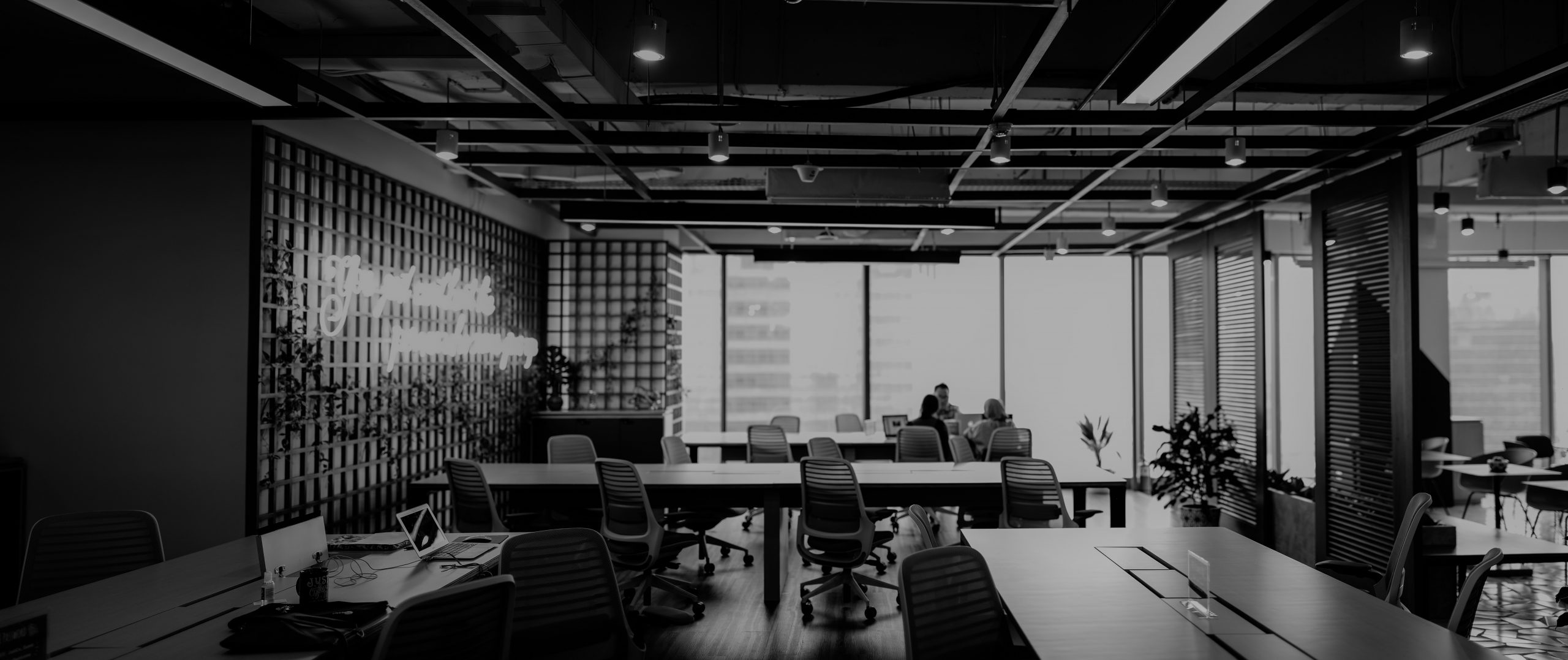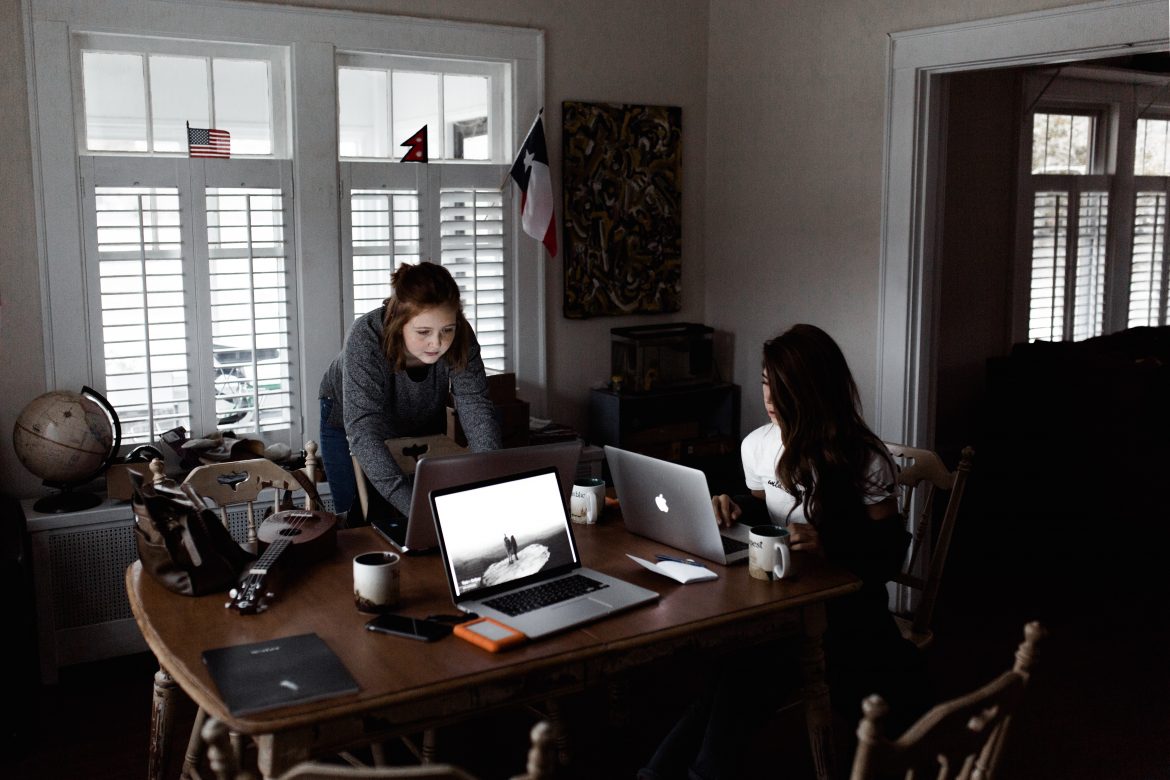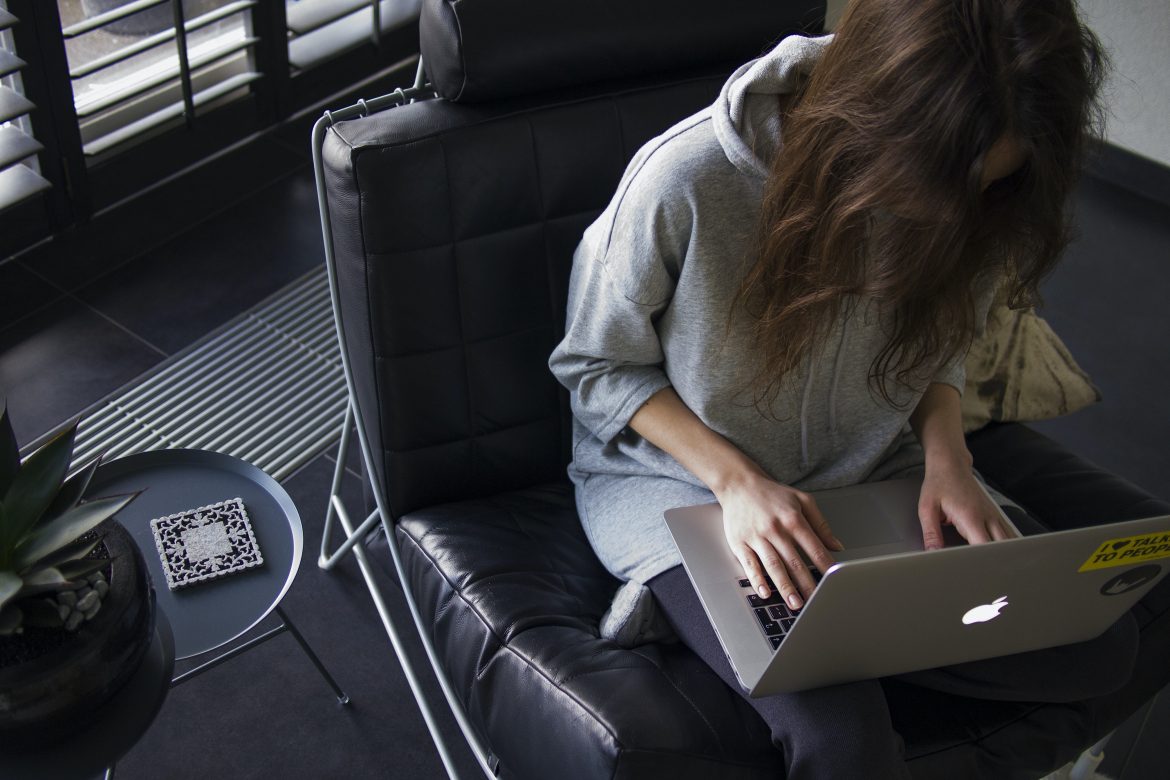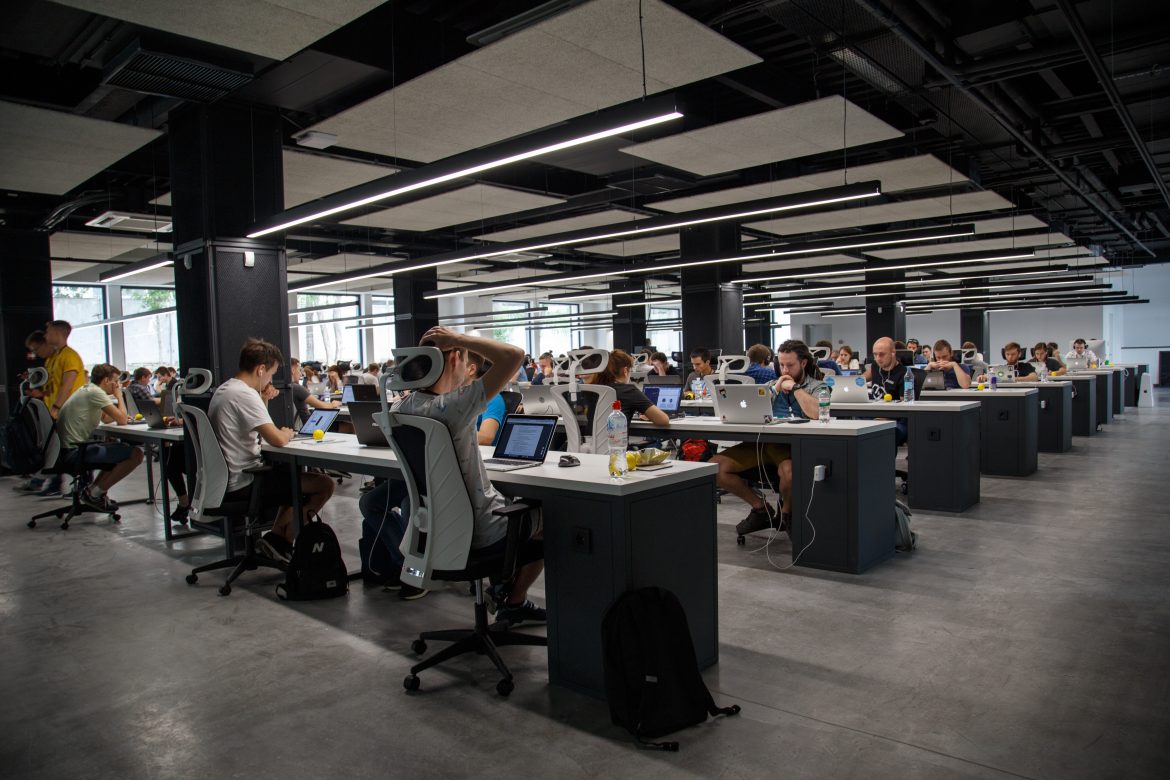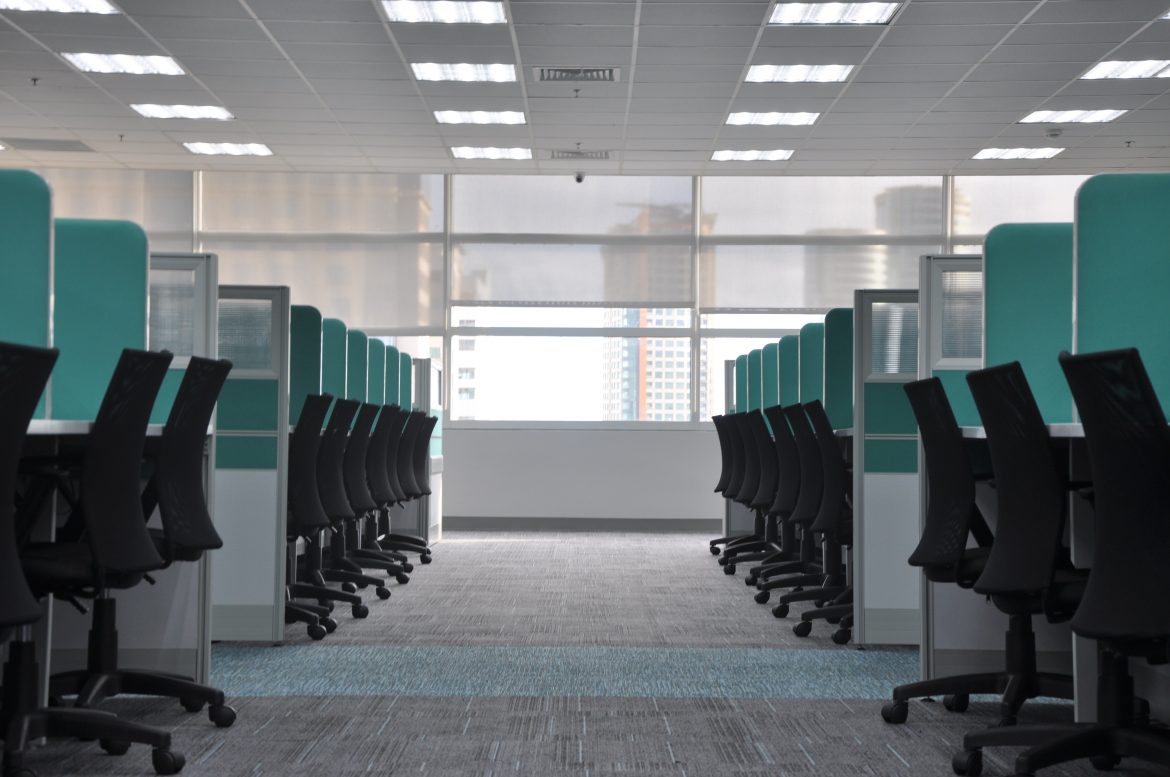This blog has been inspired by the current world we are living in, every person in the world at the moment has been affected by Coronavirus and the majority of us have had to change our whole routines which includes working from home. So here, I’ve tried to analyse and reflect on the period of working from home, the spaces which we have now claimed as ‘work’ and how our lives will no doubt change as we come out the other side.
Note, I’ll be looking at this with my architect’s hat on, reviewing the environment we are restricted to but also the human side, such as how we respond and interact with the space.
LOCKDOWN
Every family and household prior to COVID 19 already worked and lived differently from the next and would have built a routine which is individual to them. However, in this new world with restrictions to your own home, the majority of us have been confined to carry out our daily routines under one roof, and one can ever say that we are all combating the same routine of living and working from home.
With the majority of us living in very traditional spaces, do our homes deliver the space experiences, worse or better, than our normal working environment? Some of us are squeezing into rooms which are not really ideal, efficient or productive, while others are thriving off of some personal space.
The first thing which is a major contributor to the daily ‘traditional’ routine is to physically leave the house, something that provides you with a transition into and out of work; a ‘checking in’ and ‘checking out’ mode allowing you to change between your home and work persona.
I know a lot of people have been suffering with creating a defined start and end to your working day, so, the question should be asked if there is anything we could do with the home spaces and architecture both now and going forward that can help to create a routine or habit to enhance someone’s lifestyle while working from home. Creating boundaries between work and home time will provide a sense of separation which aid an individual’s wellbeing, therefore, is it a garden room or pod at the end of the garden so you physically leave the internal comfort of the house, a room which is separate from living spaces where you can close the door on work for the day or is it a piece of furniture that adapts to the time of day or the day of the week. It may not even be a physical space but an action of leaving the house to go for a walk around the neighbourhood to provide a sense of entering and leaving work.
As an architect or designer, the majority of the time we can just find a space or room within a design to achieve this deliverable. However, you have to question if we are just designing in isolation (pardon the pun if you are reading this during COVID-19..). Any good architect or designer needs to fully understand their client, lifestyles and surrounding context before spaces are created, but by providing a personally tailored to suit the user of the space. Therefore, one could question if this is the definition of successful architecture.
As further described in Colin Ellard’s ‘Places of the Heart’, his own belief is that the key to building better places at all scales is to begin by observing the intricate relationships between our lived experiences and the places which contain them. Colin’s book goes on to note that ‘not only do designers and architects have at their disposal a wider variety of materials and methods than at any time in the past, but there is also increasing penetration of the guiding principles of the human sciences – sociology, psychology, cognitive science and neuroscience’. While we all might not have access to or be fully a part of the above discourses, it is always beneficial to step outside our boxes to expose ourselves to a new way of thinking and understanding. In the commercial world, we have to quickly provide a design and while site analysis and the design of the building can become second nature to some designers and architects, are we asking all the questions to engage with not on the physical factors but the sociological elements.
Therefore, going deeper into understanding how these spaces can be multi-functional and not just resulting to a ‘bolt-on’ office room on the plan, it might be useful to look at human engagement, daily routines and lifestyle; especially at the moment when we have all had to adapt to the confinement of our homes and to also recognise that some individuals naturally find it hard to find the discipline of working from home.
So, even at the best of times a room transformed into a home office might be the answer but your lifestyle has to be a part of the change, either contributing to your existing routine or someone adapting their routine to the change which might be for the better.We as designers need to question how do you provide a physical or mental transition between home and work life which will provide you or an individual with a balance and healthy lifestyle.
BACK TO NORMALITY…
Recents studies have found that our work desk spaces in the office have actually reduced by 50% over the last 25 years, so this time being at home might have allowed you to spread out more, claiming as much space as you want. A recent B4 Webinar I listened to by Arjun Kaicker and Anisa Telwar Kaicker touched upon this and how an event like COVID-19 will greatly change how we design offices going forward. Arjun discussed that he had been working on a new office that allowed you to park your car and walk the whole way from your car to your desk, contactless. With the use of A.I. and facial recognition technologies in the design, this allowed you to enter the building and also take you to the correct floor once you get into the lift, free from having to touch anything or getting any keys or security pass out.
This is very much how future offices could become and with new technologies contribute to how our offices will change. Further to this, consideration will also be given to the spaces where large numbers of people gather, confined spaces like lifts and also the space between our individual desk spaces.
Hot desking might be seen as undesirable now, other than thorough cleaning, how else are you going to put the next user at ease of working there, even if they still wanted to work in that way.
Therefore, it is going to become so important for employers to engage with their employees when we start coming out of lockdown and also beyond so that the existing office can evolve to accommodate the phased lockdown and the future of the office. There will no doubt be a massive shift in the use of office spaces and employers seeking to understand what is the quantitative amount of space a company needs as more people move to working from home as part of their weekly routine.
It is being heavily documented that a lot of people are going to include working from home as part of their weekly routine, so we all know that the office will transform into a place of ‘dropping in’, the mother ship or basecamp for a company. Some are predicting that offices will become less important, still viewed as a tool in the tool box for work to progress but not the main event. Barclays CEO, Jes Stanley. Stanley told reporters of Reuters that“There will be a long-term adjustment in how we think about our location strategy…the notion of putting 7,000 people in a building may be a thing of the past”. Stanley is not the only business leader thinking this way and how COVID 19 will permanently change the way we use offices.
As well as the physical side, the four walls of the future office, the human side to how we engage with work will also change. With homeschooling, gym classes, lecturers, studying, social events all using platforms to keep normal routines going, the ‘traditional’ working week of 9-5 may also be phased out. Sorry Dolly, you may have to re-write your song for the future working week!
If anything, this time has shown that employers can trust their employees to achieve deadlines and project deliverables, in a time of chaos. Work has fitted in and around other events of the day or week which would have normally happened outside of your working hours. Going forward, I think people that can work from home will have more control of when and how they work. Some people work more efficiently early in the morning, others need to work up to it, so as long as there is a successful mode of communication, clear deliverables, timescales and
This might warrant a whole blog post, but this way of working may also aid the current discrepancy on gender in many industries. If we are completely throwing out the rule book of what an office is and questioning if it is actually needed to achieve work, then we are all in control of our work environments. The office will become a thing of the past, no longer will it be the only place where work is undertaken. This shift will provide a platform and driver for promoting equal opportunities for everyone as you can no longer question someone’s commitment and abilities of not being present in an office.
This conversation and blog is only the beginning.
I and many others are going to enjoy seeing how offices and their part in society will change. How they could become flexible spaces and also putting control on the individual on how they want their lives and work to work in harmony; giving the opportunity to control and adapt the working week, choosing the environment that best works for them and for delivering the work within their own routines.
I hope the above has provided some food for thought, and hopefully made you think, it’s not just the physical object we are designing but one which will affect someone’s daily lifestyle so we have to explore the conscience and sub-conscience when using those spaces to make a good space be harmonious with an individual’s lifestyle but also adaptive to our changing world.
So, once we have our spaces set up at home, how do we keep this going? How can our work space inspire us when we are working on our own from home?
Hegarty is a firm believer that we are constantly engaging with our environment and subconsciously picking up bits of inspiration. He does not like that we plug in our headphones for most journeys or work as we dis-connect from the world around us.
So, how do we provide spaces that allow us to transition into and out of work, providing a cut off between work and home life; whilst also creating spaces that are influential as the commute to work and some offices we work in?

